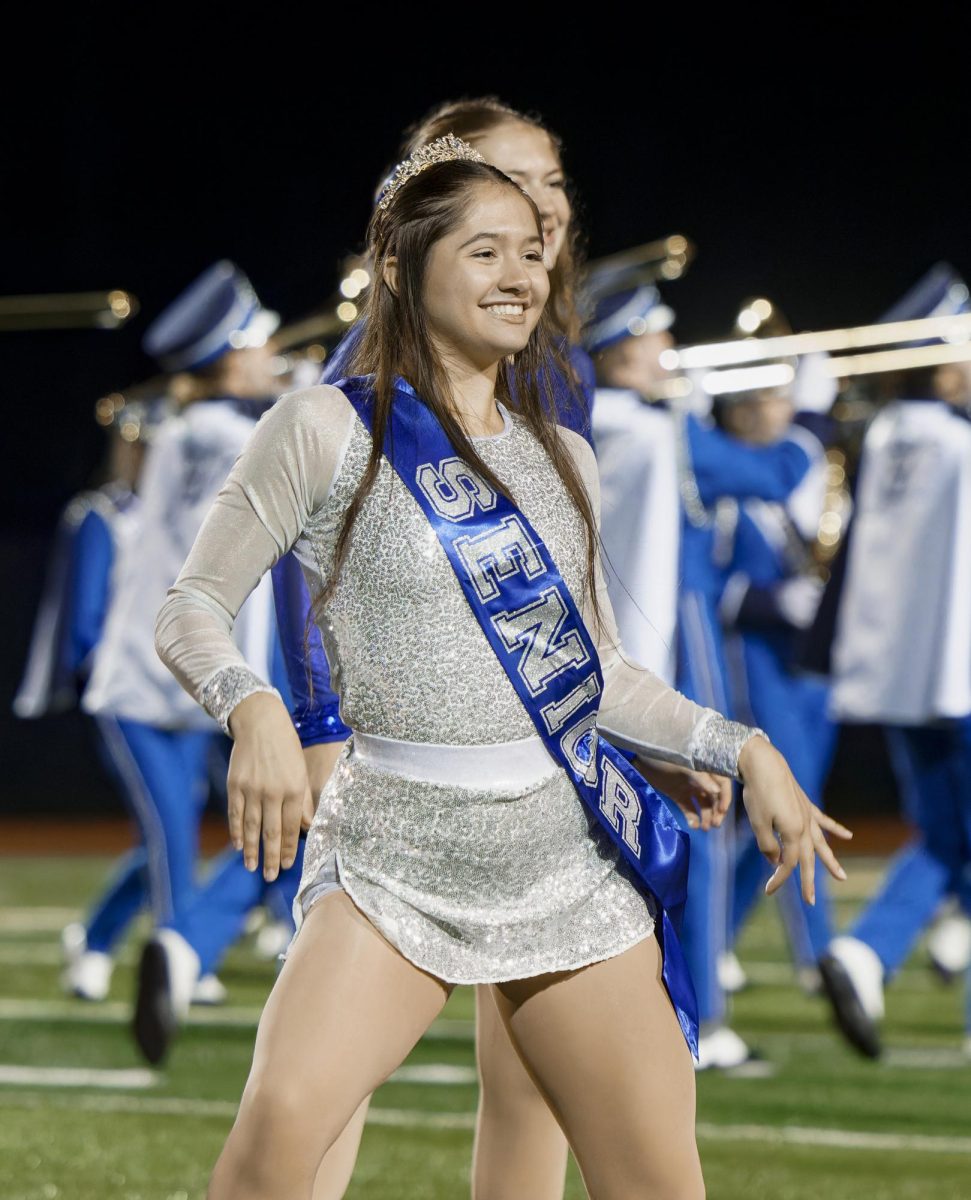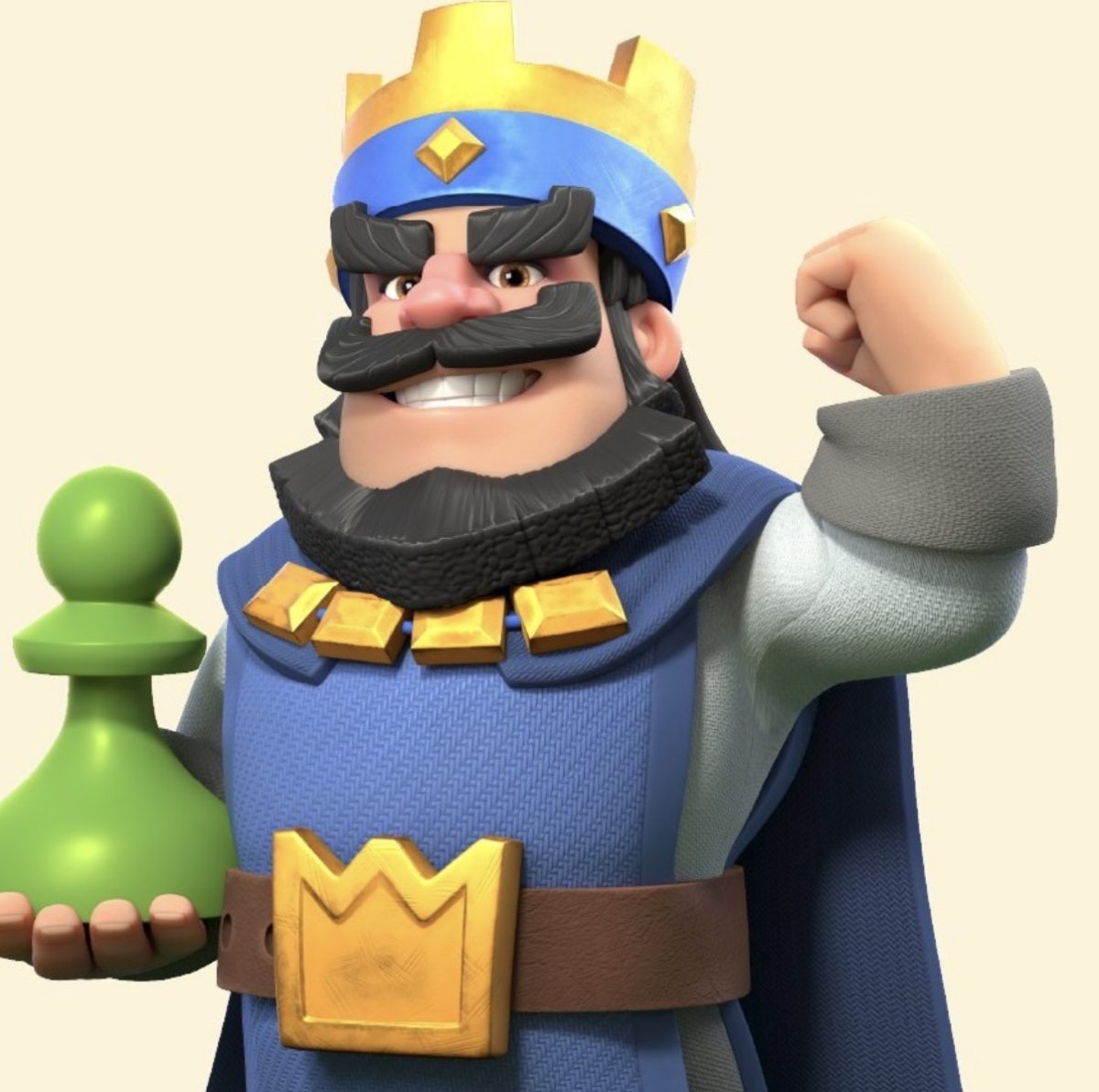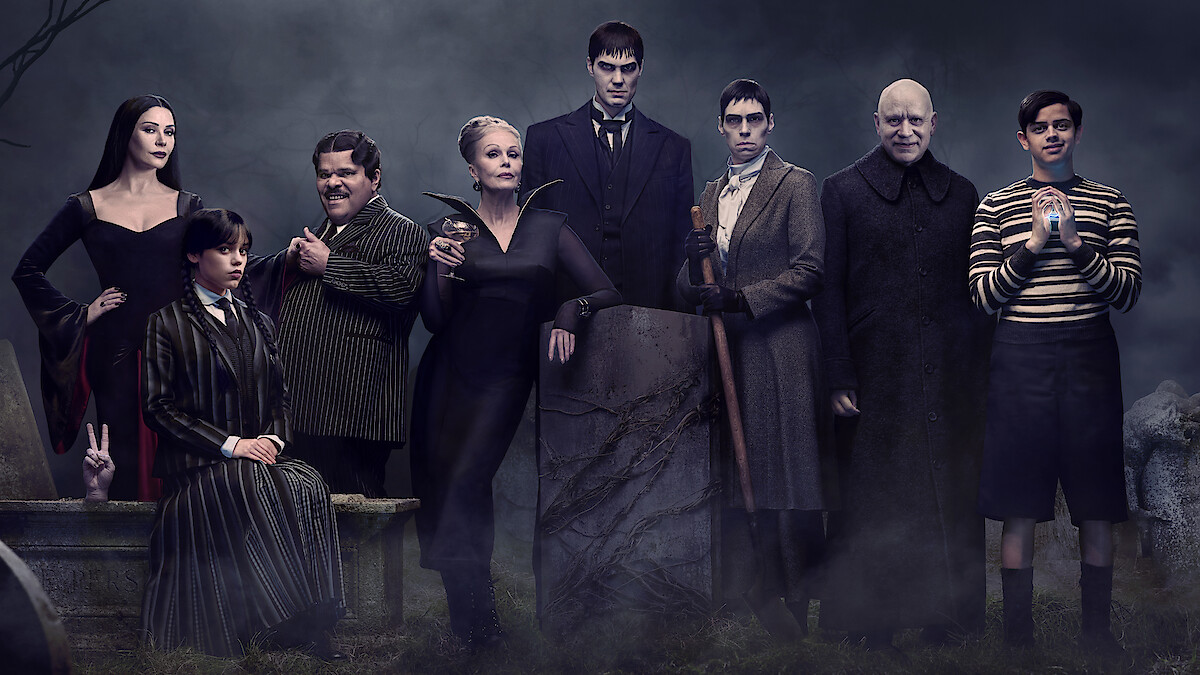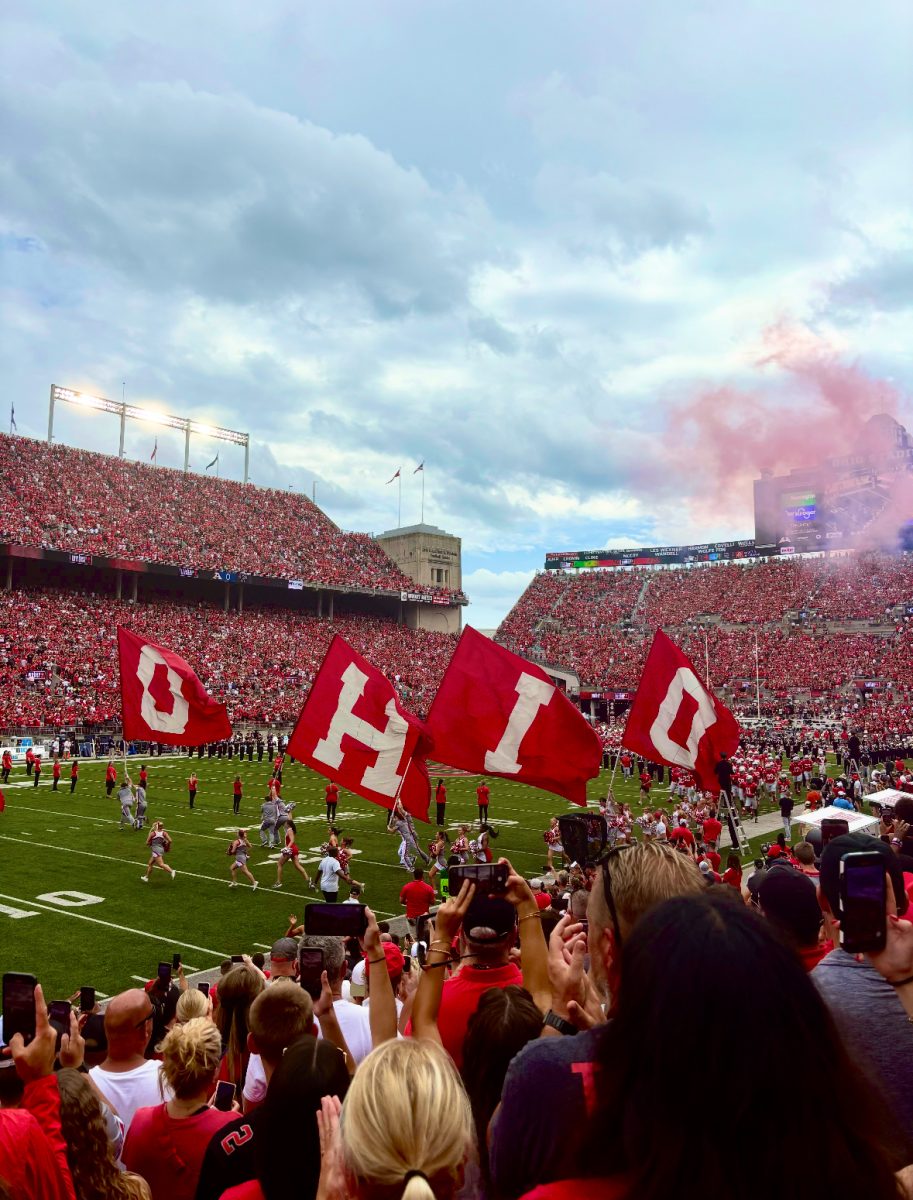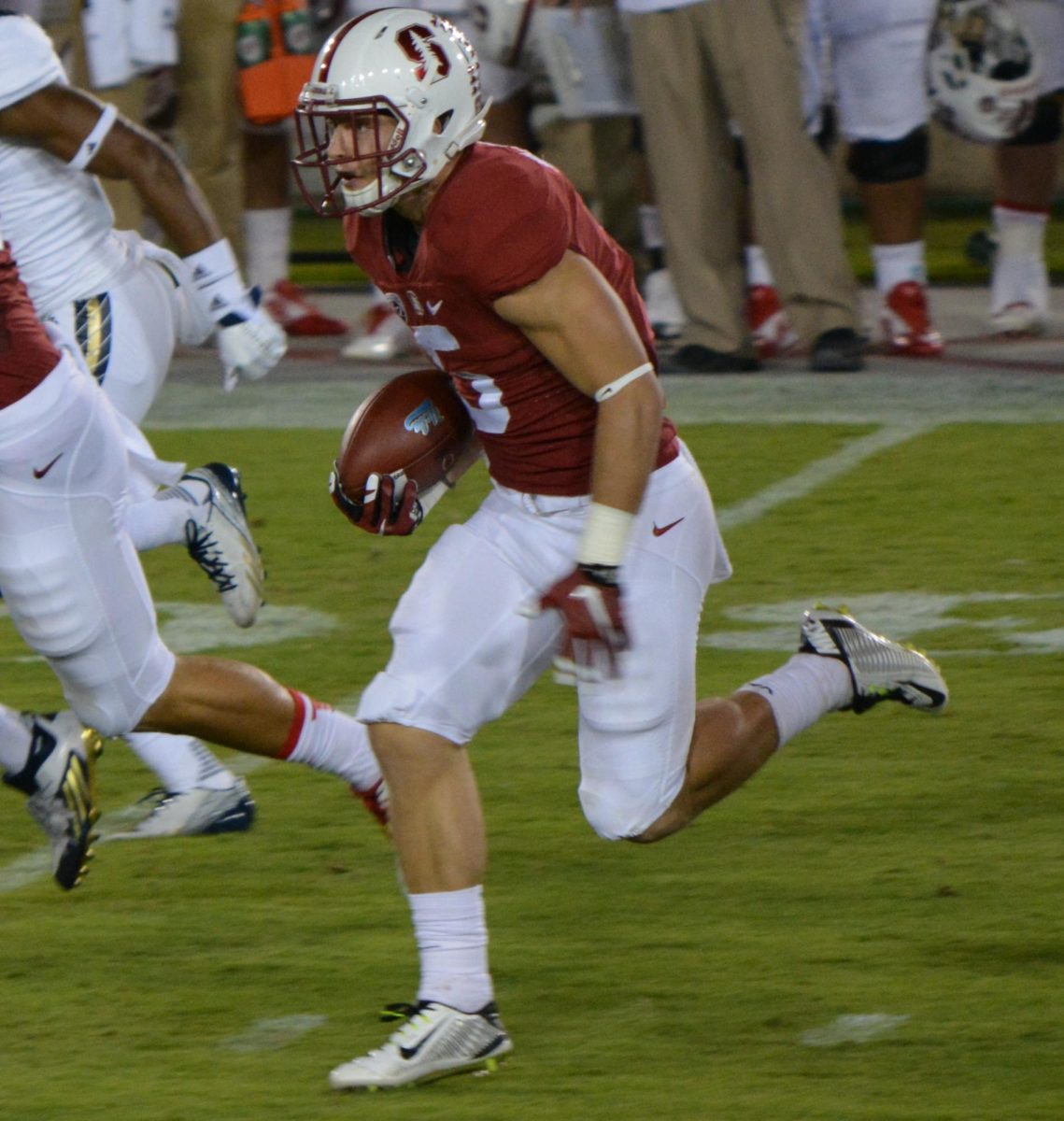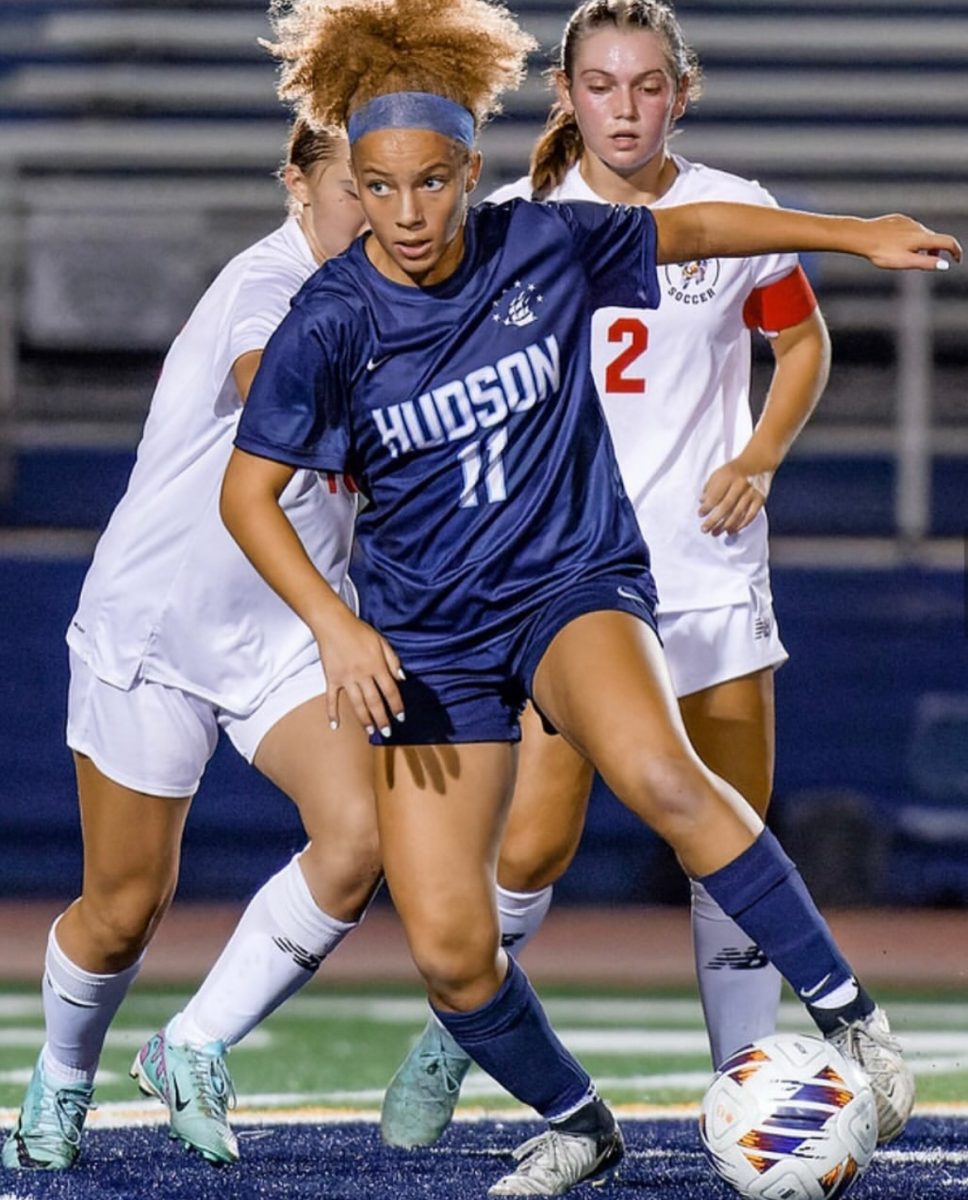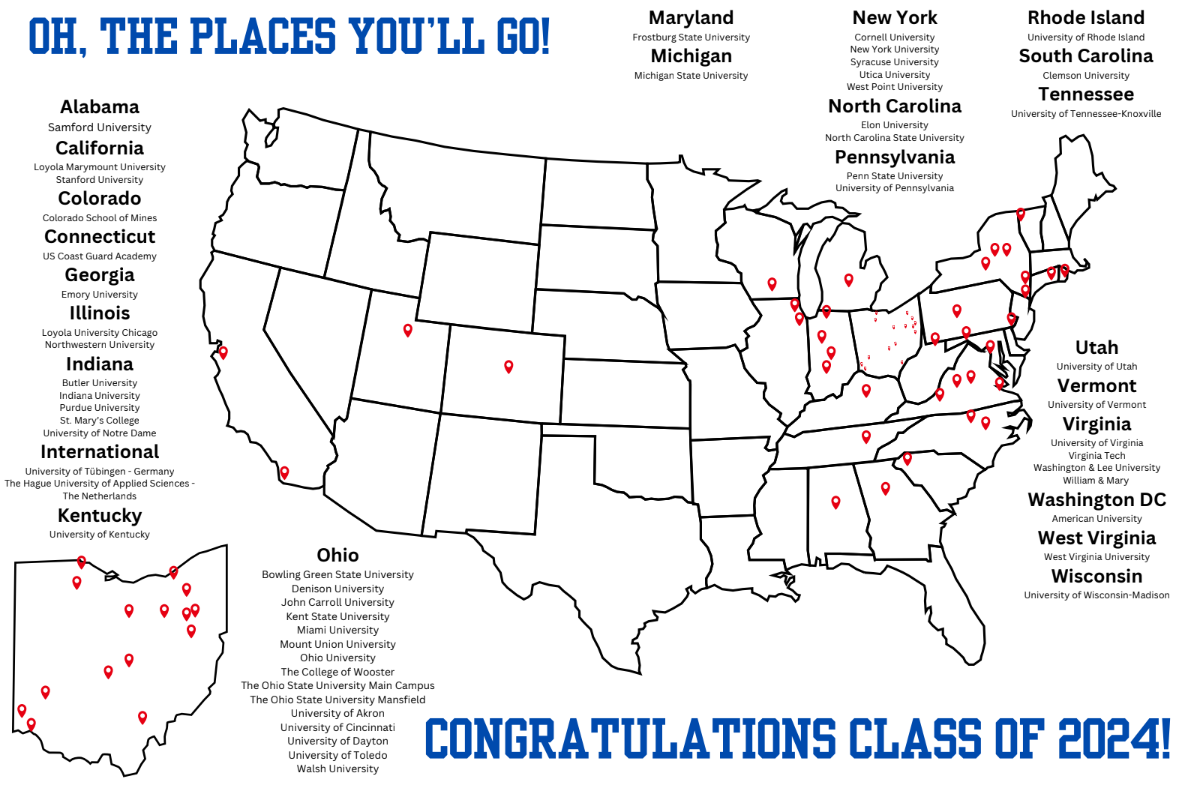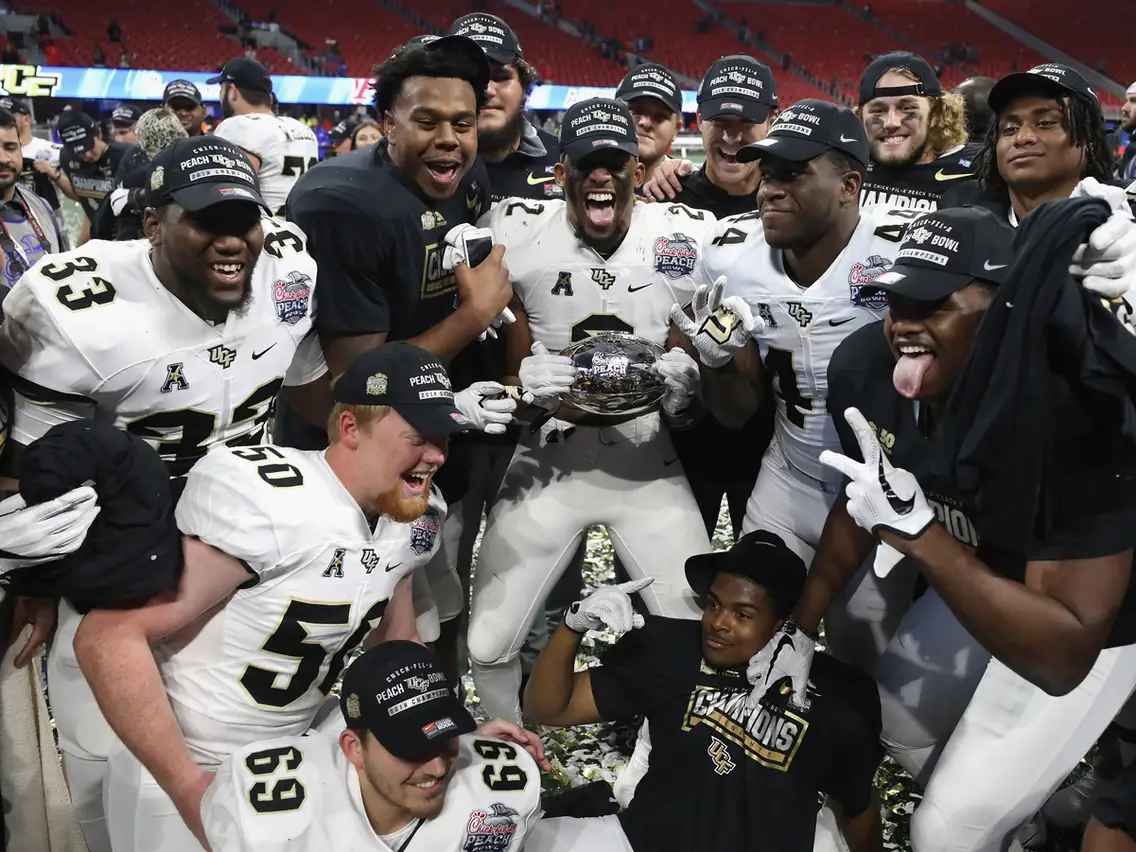Back in 1962, Bill Winkenbach, then part-owner of the Oakland Raiders, gathered with some friends in a New York City hotel and together they created the first fantasy football league. When fantasy football first started, only around 500,000 people participated. Now, over 62.5 million people participate in fantasy leagues every year, playing for money or simply a love of the game.
When starting a team, the first step is deciding whether to join a public or private league. A private league usually takes place among family, friends or coworkers. Individual participants may want to join a public league.
Fans of the sport can create their fantasy team made up of their favorite players through a draft. The draft consists of all the players in the NFL ranked by how well they play and how well they are anticipated to play in the upcoming season. In the draft other people are building their teams, so they could take a player you want. The fantasy football app shows the players’ stats to help you figure out who to pick.
When drafting a team, running backs and wide receivers tend to be the most valuable, so they are usually picked closer to the beginning. Waiting to pick a kicker and defense till towards the end is an advisable strategy.
Each team consists of a quarterback, two running backs, two wide receivers, one tight end, one flex player, one kicker and a defense. The size of the team can be adjusted if necessary, but a team with fewer than eight players is not advised. The usual team consists of around 10 or more people.
Each week, two teams go against each other. Individual players get points based on how many times they catch the ball, how far they run with the ball and how many times they score. The points earned by each player on a team over the week are tallied, and the team with the most collective points wins.
Over the 18 weeks, 14 being the season and 4 being the playoffs, participants can watch how their players perform and trade players for those who weren’t picked in the draft.
During the draft, I picked players based on how well they had done over the previous two weeks. I also took player health into account, since players who appeared injured or questionable could end up playing poorly or being out completely. Players who get injured will have to be replaced, which is why a roster will likely not stay the same throughout the whole season.
Starting the third week, my team had a 56% chance of winning. Sadly, they faced a tough loss at the end of the week. The final score was 130.28 points to 136.54 points.
According to Vincent Greco, a sophomore at Hudson High School, “You just have to draft a good team.” Drafting a good team is a core part of doing well in the season later on. If you draft a bad team, later on in the season it may be reflected in your team’s performance.
Senior Kai Kurokawa said, “Make sure you check the waivers and go with your gut.” Kurokawa is an avid football fan and enjoys taking part in fantasy football every year. He won in his league last year and is doing well again this year with hopes of winning.
Football week begins each Thursday. Thursday, Sunday and Monday are game days. Those are the days I pay extra attention to what is going on and how my team and other teams are doing.
I have started to look at not only how my team is supposed to play but also how other teams are doing and if they have any injured players. This is a great way to figure out the best players to put in at a given time. It also helps me determine if I have a better chance of winning.
My team is expected to do well this week and next week. My team is all healthy and in good condition and I cannot wait to see what happens the rest of the year. Over the past few weeks, I have learned more about football and the excitement that comes with Fantasy Football.





